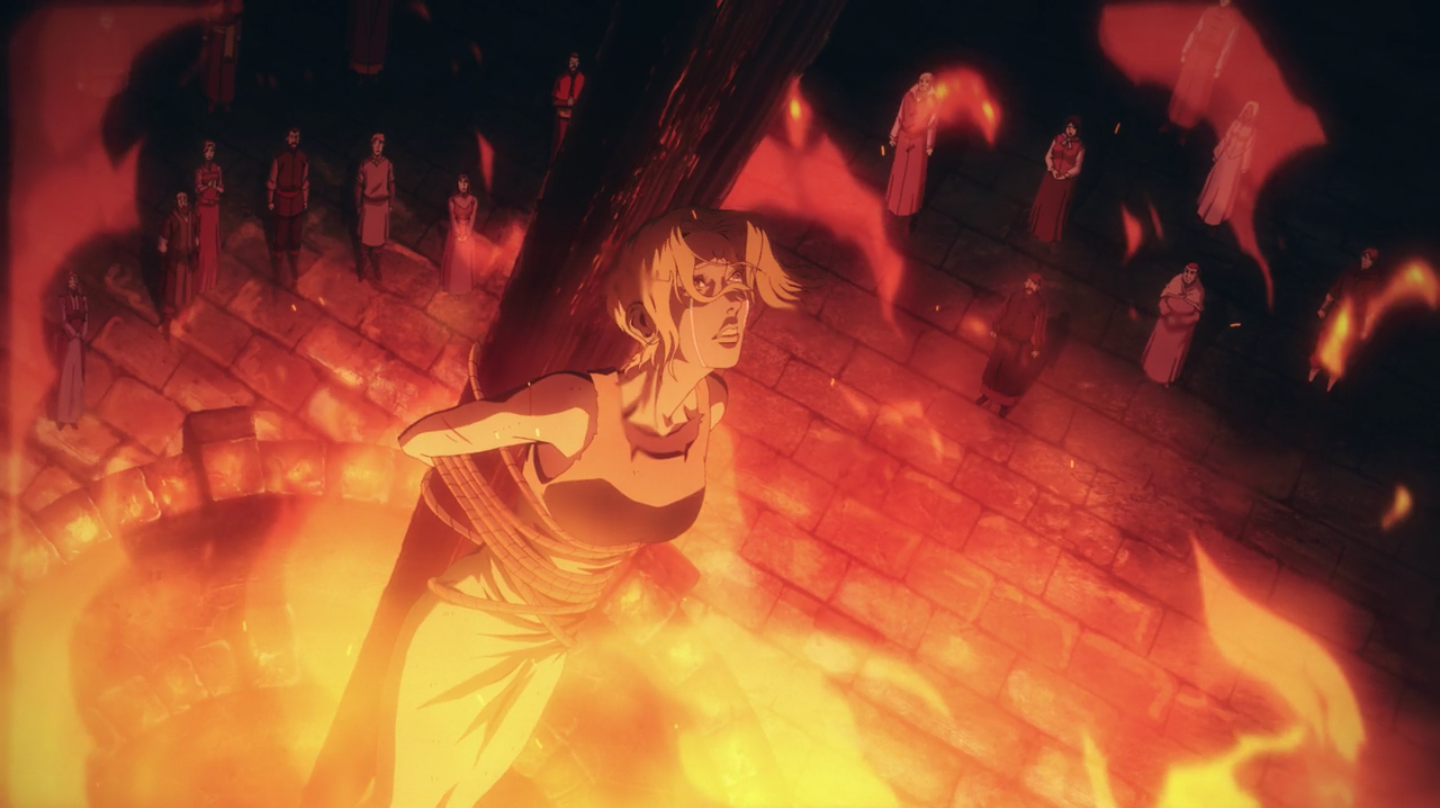While Hollywood has successfully mastered both transforming and transcending adaptations of books, comics and TV shows, the one medium no director has been able to tackle is video games. Ever since its beginnings, with 1993’s notorious flop “Super Mario Bros.,” the subgenre of video game movies has never fixed the mistakes of its predecessors.
The highest-rated theatrical video game movie, at least among critics, has been 2001’s “Final Fantasy: The Spirits Within,” which netted a whopping 44 percent on Rotten Tomatoes and a 49/100 on Metacritic. Not a good rating, but it further underscores the problem when discussing video game movies.
Whether it be straying too far from the original source material (“Super Mario Bros.”), being too inaccessible for newcomers (“Warcraft”) or just flat-out being awful (any film directed by Uwe Boll), not one director has been able to figure out how to take something people play on their Playstation and adapt it into an amazing, or at least decent, film.
But, there may be hope for the future, as one adaptation of a popular video game has managed to succeed and may finally right the many wrongs of the past. After years of struggle, Netflix’s “Castlevania” series may not be a masterpiece, but it has finally laid the groundwork for how to make a video game movie good.
While it seems strange to consider a television series as the key to help Hollywood’s video game movie crisis, the animated action show wasn’t always intended to be on TV. In 2007, the script for the first season, written by Warren Ellis, best known for creating the comic book mini-series “Red,” was originally the script for a direct-to-video adult animated feature, as well as the first part of a trilogy. But, after completion of the script, production stalled and the project was stuck in development hell, and the project was on-again, off-again for the next ten years.
But finally, after negotiations with Netflix, Ellis’ writing was finally brought to life through a four-episode TV season that roughly equals two hours. And at last, gamers finally got a Hollywood adaptation that was action-packed, fun, smart and entertaining throughout.
The first thing that really captures the audience is the series’ story. Adapting the basic story from the NES game “Castlevania III: Dracula’s Curse,” while still having its own original story, the ongoing storyline involving Dracula’s army of demons and minions destroying the kingdom and its citizens and the reluctant hero Trevor Belmont attempting to save the world is rather compelling. The writers managed to tell the story of “Dracula’s Curses,” but also expanded upon many of the ideas. Because most video games focus more on gameplay rather than story and characters, the wise decision was to give depth to the original blueprints.
Dracula isn’t some evil bad guy, but a tragic figure who curses the kingdom of Wallachia because of what the church has done to his beloved wife. Trevor Belmont isn’t some generic protagonist with zero personality, but a snarky, sarcastic alcoholic who is more or less forced into stopping Dracula. Even the supporting characters, like the magician Sypha and Dracula’s son Alucard, have a lot of personality and likable traits. Add some phenomenal voice acting, particularly with Richard Armitage as Belmont, and audiences have a fantastic set-up for some compelling characters.

Some interesting commentary is even thrown into the picture, as the season’s true antagonist is the Bishop. He not only sets the course for Dracula’s takeover of Wallachia, but he abuses his power and his people’s insecurities and fears and tries to use Dracula’s demons in a way where he can still impose his power and threats to his citizens. The show tackles the horrors of religious extremism in a way that might not be anything groundbreaking, but still offers an engaging and somewhat thought-provoking look at how churches used to prey on common people’s fears to attack those who wish to challenge them.
But the most important thing of any video game movie is good action scenes, a common pitfall when adapting to feature films. Video game franchises like “Assassin’s Creed” and especially “Mortal Kombat” are famous for their gruesome attacks and deaths, which made them become extremely treasured amongst gamers. Their movies strayed away from that, as they were stuck with a PG-13 rating, meaning fans never got to see the Assassin use his hidden blades against the necks of the Templars or see Scorpion rip off an opponent’s head on the big screen. The things that make the games great were neutered in favor of making things more “commercial,” but it ended up disappointing fans and bored newcomers.
“Castlevania” throws the commercial idea out the window, and allows fans gruesome fight scenes that are well-choreographed and full of bite. The ending climactic fight scene with Trevor Belmont and Alucard in particular is a great highlight, with smooth character animation and a few solid one-liners. At times, the show uses unnecessary gore for the sake of shock value, which definitely will take some viewers out of the show, but it still doesn’t discredit the incredible effort the animators put into each action sequence, and it’s almost cathartic to see a video game adaptation go more “Game of Thrones” after years of generic fight scenes.
But, for all the kudos I give to the series, this first season is far from perfect. Again, the gore can definitely take viewers out of the show and the storyline is rather cookie-cutter and doesn’t really offer anything creative and new. The show also has some awkward pacing at times. Since the season was originally supposed to be a movie, it often feels like the endings to each episode are rather abrupt, as if Warner Ellis had to hastily rewrite parts of the script in order to make it more suited to television.
Then there are other times when backstories are revealed too quickly or without much detail. We don’t know much about the Belmont family and why the Church specifically ostracizes their clan, and although Dracula’s an interesting character he only appears in the first episode and his backstory and why he wreaks havoc does feel rushed.
The season also has a pretty disappointing ending, as the season finale kind of just…stops. There’s an ending fight scene, then the two characters make up, then they decide to become allies, they ride off to the sunset and then it ends. Obviously, the ending scenes were intended to be a cliffhanger for the upcoming second season, but there’s no real excitement or pull to the ending that really makes you go “I can’t wait for the next season.”
But, in spite of my complaints, this show is still pretty decent and is a good example to show Hollywood movie directors how to make a good movie based on a game. Expand on the original lore, add dimension to your characters and be more open on having some grit in your action. In spite of the failures of the past, there are plenty more theatrical adaptations of popular games in the future, with next year’s “Tomb Raider” and “Rampage,” alongside plans for films based on “Sonic the Hedgehog” and “Minecraft.”
For all I know, a film based on “Deus Ex” or “Dead Space” might be in development. Hopefully Netflix’s “Castlevania” will lay out a good blueprint and lead to a video game movie that isn’t just a good movie, but possibly a cinematic masterpiece in the future.

















